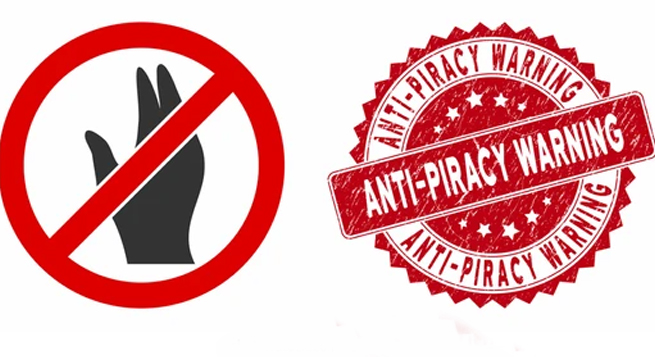One knows that OTT platforms pose a challenge to the exhibition trade. So much so that more films are failing than ever before! And some of them do find their viewers when these films hit the OTT platforms; usually after 30 to 45 days, depending on how they perform at the box office.
A thief is always two steps ahead of the cops. That is the reality of life and that we learned long back. Though this is not in any way happy news for films, the fact is that even OTT platforms, which are said to have lost their initial sheen and the subscriptions show a decline, face competition now. From the same old pirates!
This piracy menace has been troubling the film business ever since the video format came about. Earlier, new film releases were transferred to the video format by various means. It could be a camera print shot taken by a person watching a movie in a theatre, or created when the final theatrical release print is in transition from a processing lab to a cinema, IANS reported.
Mumbai has been the hub of the film industry and all the film processing laboratories are based in the city. The city limits extend to far-off suburbs such as Thane and Kalyan on one side and Virar on the other. Film prints were carried by couriers to the cinemas in these parts for the next day’s screenings. It was during this movement that a film print could be hijacked for a few hours, converted to a video format on Telecine, and voila, a video print of the best quality was ready to hit the market.
It was not surprising that whenever a new film was released in cinemas on a Friday, it was also available in a network of video libraries and illegal video theatres to be watched hassle-free. Not to forget the cable networks, which provided video content at home, also started showing a new films the same day. They beamed the new release at your home while others were watching it at a cinema.
That was how the piracy of films originated. Karachi and Singapore were the two major hubs for pirated Indian films.
Now, with the digital format, piracy has not only become easier but also guarantees high-quality results. Now, piracy has also penetrated code-protected film release discs and the OTT format. No sooner is a film made available on an OTT platform, than it is pirated.
To repeat the old idiom, a thief is always two steps ahead of the law. And now, even the US is no stranger to piracy. According to a report, on the piracy circuit, ‘Spider-Man: No Way Home’ has been the best-rated film, followed by ‘The Batman’.
What about India and our films, mainly the ones in Hindi, which have a wider market sans language barriers? They are similar victims of piracy. But do we care?
Once his film has been released, the producer hardly cares. Also, the laws and their implementation in India are poor. Films may enjoy a limited following on the piracy circuit unless they are available on OTT platforms. There are today portals where anybody can post content. They only act as providers because they on their own do not post anything and, hence, shirk responsibility.
Films apart, the most pirated content happens to be our film music. There are portals that make unlimited songs from Indian films available and there are no clear ownership rights defined in this case. Songs are uploaded by individuals who do not necessarily hold the rights to them.
Thanks to OTT platforms, people have easy access to films. But what about old films and film songs that are made available on digital media? Who, if anyone at all, gets the royalties?
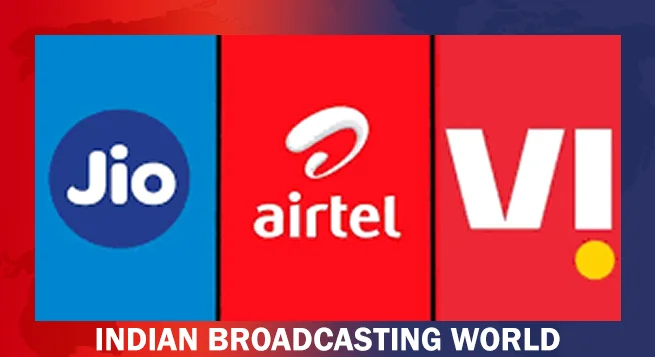 Jio, Airtel, Vi witness subs losses in Sept: TRAI data
Jio, Airtel, Vi witness subs losses in Sept: TRAI data 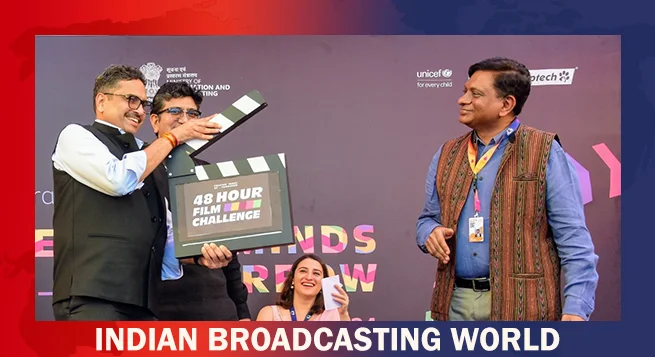 Expanded Creative Minds of Tomorrow edition inaugurated at IFFI
Expanded Creative Minds of Tomorrow edition inaugurated at IFFI  ZEEL’s Punit Goenka steps down as MD, retains role as CEO
ZEEL’s Punit Goenka steps down as MD, retains role as CEO  Kevin Vaz, Kiran Mani, Sanjog Gupta to head 3 verticals of JioStar
Kevin Vaz, Kiran Mani, Sanjog Gupta to head 3 verticals of JioStar 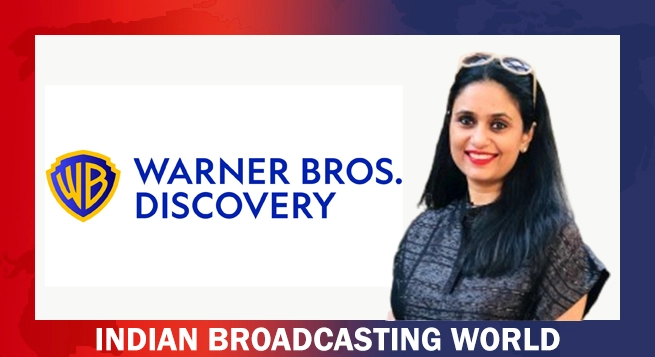 WBD elevates Deepa Sridhar to Senior Director – Corporate Communications, South Asia
WBD elevates Deepa Sridhar to Senior Director – Corporate Communications, South Asia 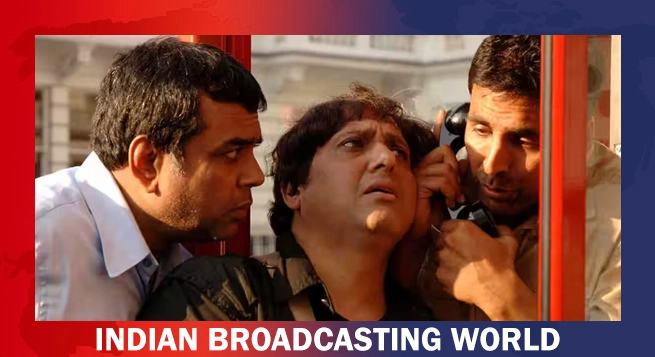 ‘Bhagam Bhag 2’ returns after 18 years
‘Bhagam Bhag 2’ returns after 18 years 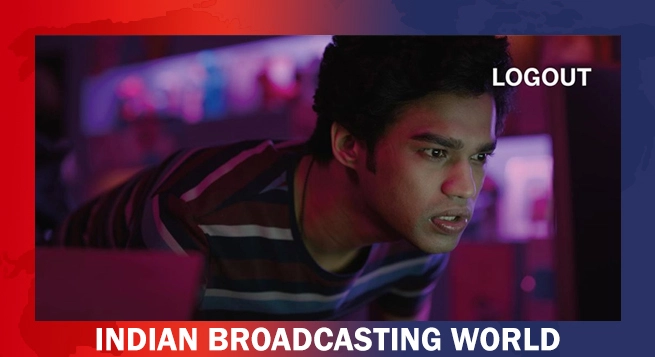 Babil Khan’s ‘Log Out’ to premiere at Argentina’s Mar del Plata International Film Festival
Babil Khan’s ‘Log Out’ to premiere at Argentina’s Mar del Plata International Film Festival 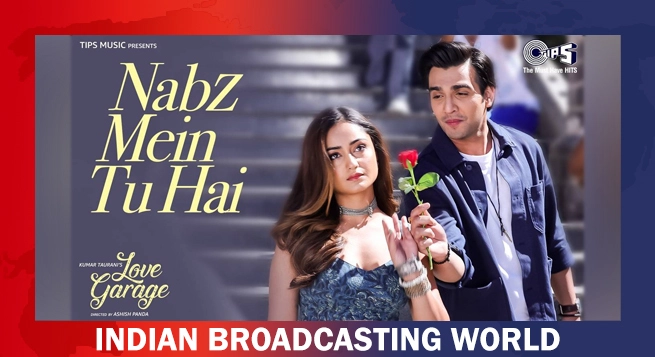 Tips Music presents ‘Love Garage’
Tips Music presents ‘Love Garage’  Fox, Hulu ink $1.5bn streaming content partnership
Fox, Hulu ink $1.5bn streaming content partnership 


